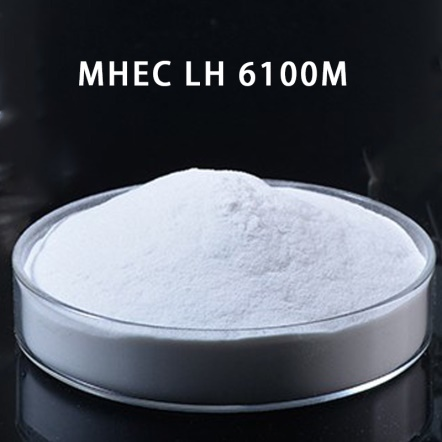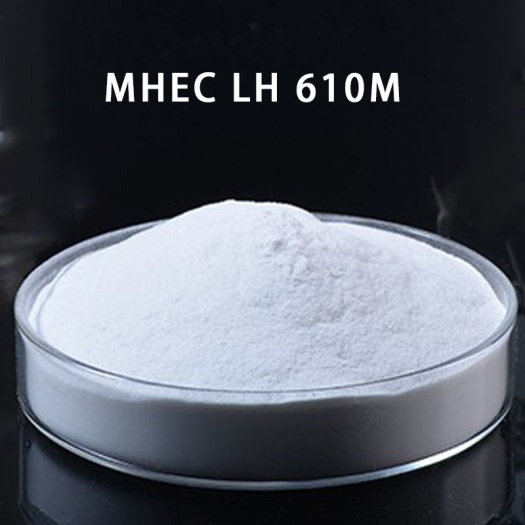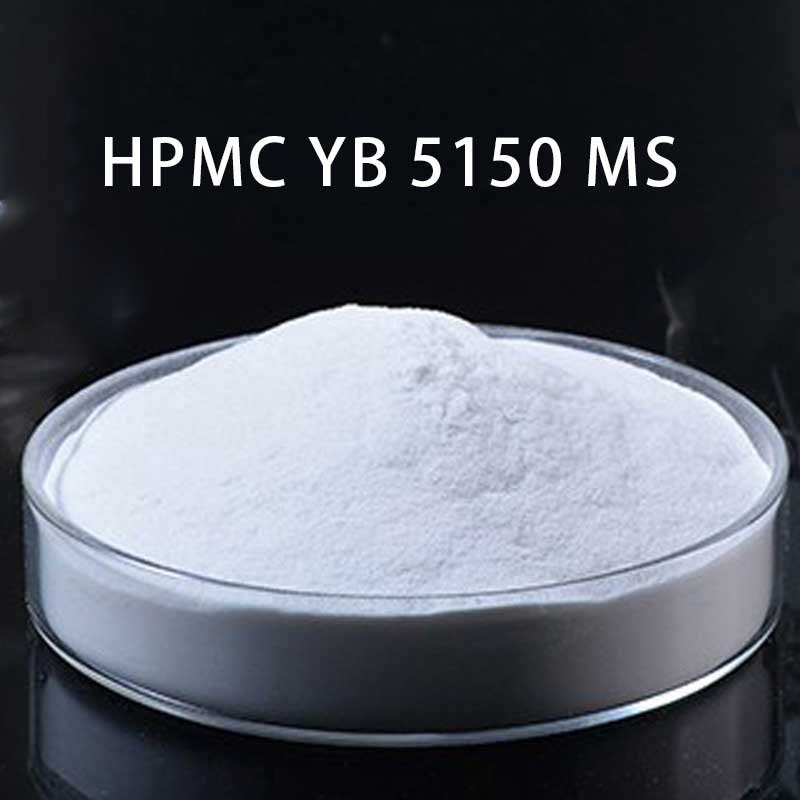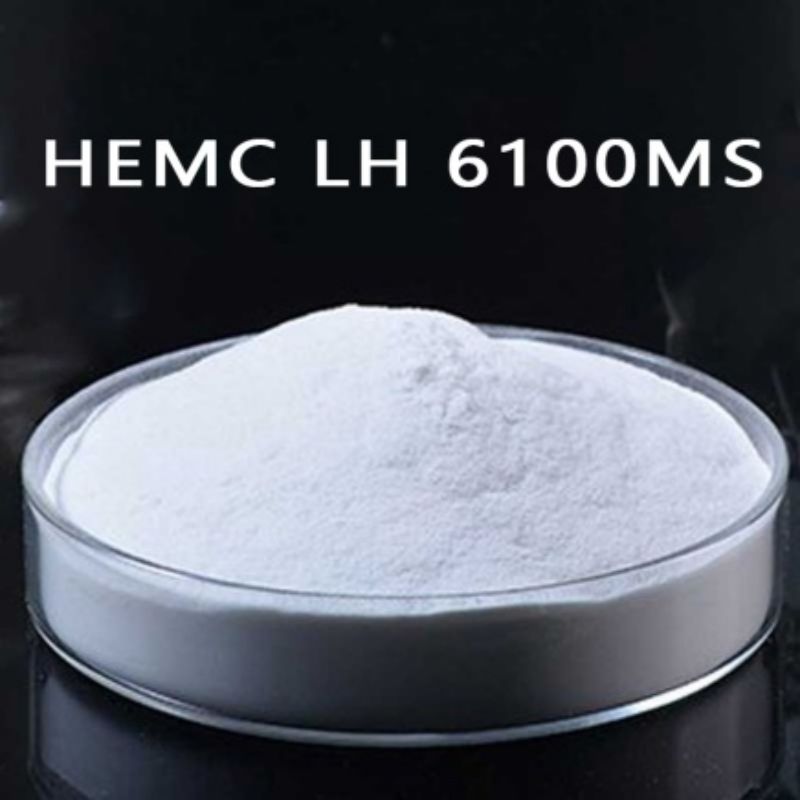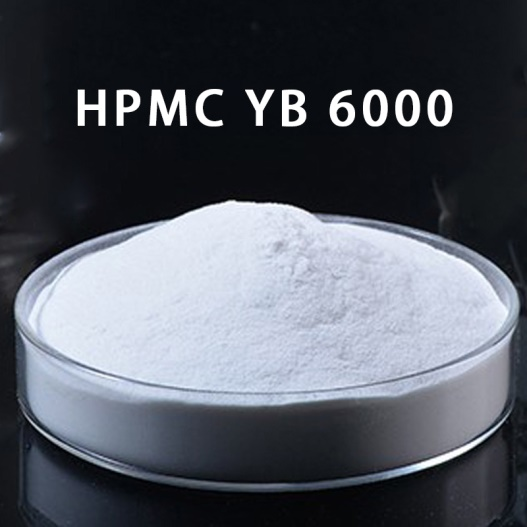
Products
MHEC LH 6100M
Specification of MHEC LH 6100M
| Chemical name | Methyl Hydroxyethyl Cellulose |
| Synonym | Cellulose ether, 2-hydroxyethyl methyl cellulose, Cellulose, 2-hydroxyethyl methyl ether, hydroxyethyl Methyl cellulose, MHEC, HEMC |
| CAS number | 9032-42-2 |
| Brand | EipponCell® |
| Product Grade | MHEC LH 6100M |
| Solubility | Water Soluble Cellulose ether |
| Physical form | White to off-white cellulose powder |
| Moisture | Max.6% |
| PH | 4.0-8.0 |
| Viscosity Brookfield 2% solution | 40000-55000mPa.s |
| Viscosity NDJ 2% solution | 80000-120000mPa.S |
| Ash content | Max5.0% |
| Mesh size | 99% pass 100mesh |
| HS code | 39123900 |
Application of MHEC LH 6100M
EipponCell® MHEC LH 6100M methyl hydroxyethyl cellulose is utilized in cement mortar as a water-retaining agent, serving to prevent premature evaporation or absorption of moisture in the wet mortar by the substrate. It effectively delays cement hydration, thereby extending the working time of the wet mortar. This ensures that thin-layer mortar can be applied smoothly, plastering mortar can be spread easily, and absorbent mortar doesn't require pre-wetting, among other benefits. To further prolong cement hydration and hardening time, and maintain the fresh mortar's plasticity, a common retarder in polymer cement, namely non-ionic cellulose ether, is added to the mortar. This retarder helps adjust the setting time of the fresh mortar, enhances its workability, and improves overall operability.
Documents of MHEC LH 6100M
Recommended HEMC for Building & Construction
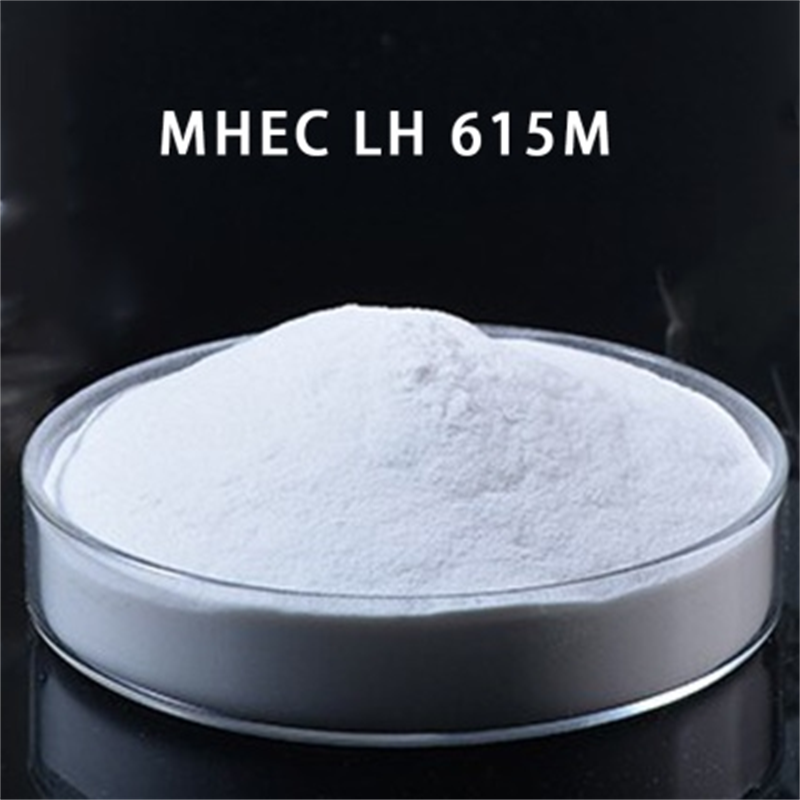
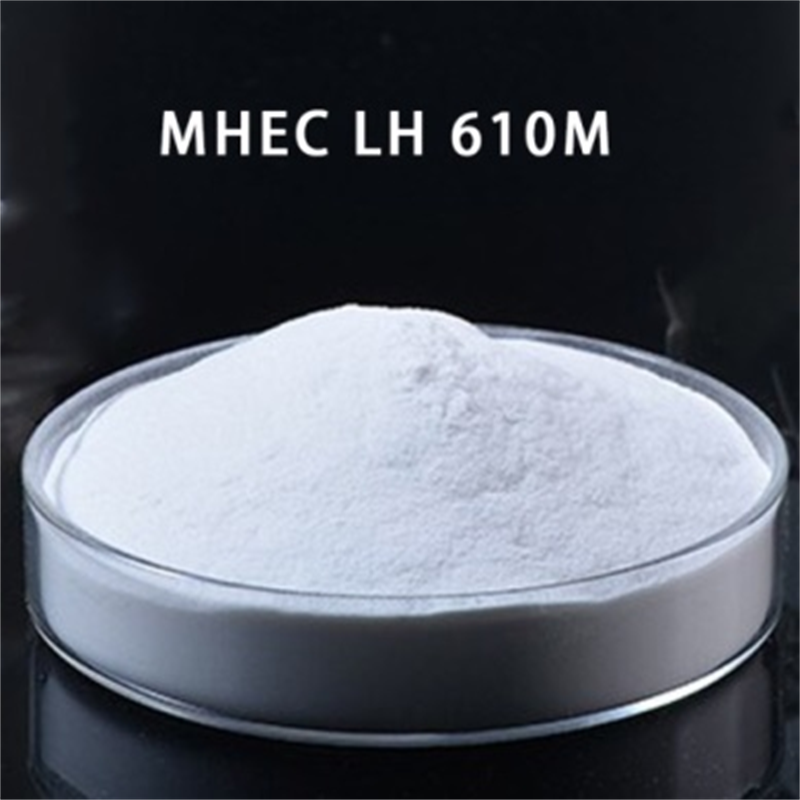
Address
Mayu Chemical Industry Park, Jinzhou City, Hebei, China
Tel/Whatsapp
+86-311-8444 2166
+86 13785166166 (Whatsapp/Wechat)
+86 18631151166 (Whatsapp/Wechat)
Latest information
news


